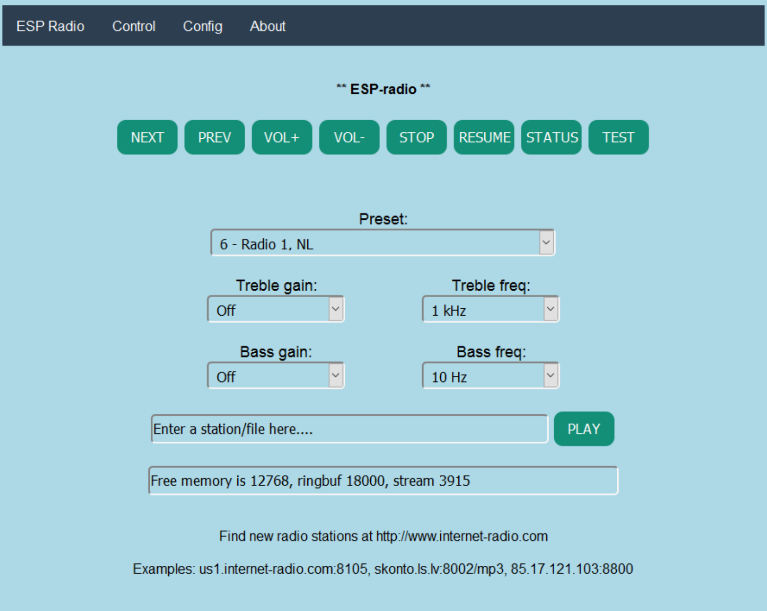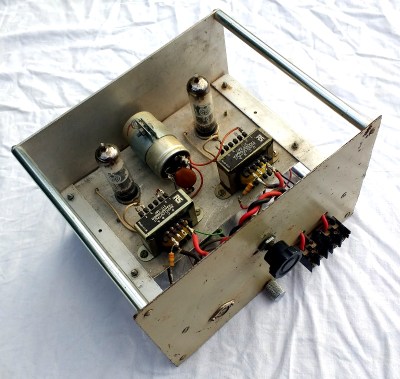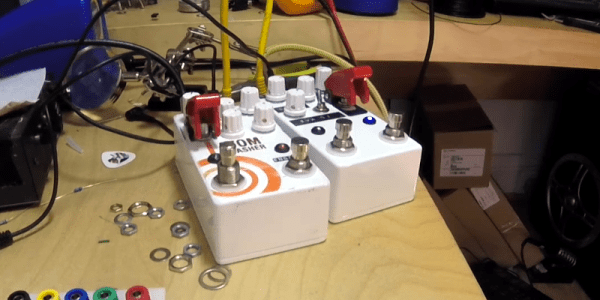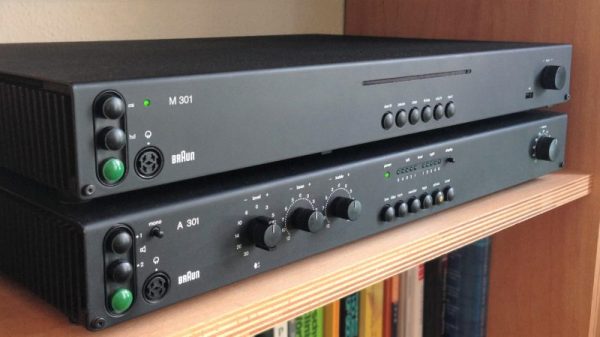Have a beautiful antique radio that’s beyond repair? This ESP8266 based Internet radio by [Edzelf] would be an excellent starting point to get it running again, as an alternative to a Raspberry-Pi based design. The basic premise is straightforward: an ESP8266 handles the connection to an Internet radio station of your choice, and a VS1053 codec module decodes the stream to produce an audio signal (which will require some form of amplification afterwards).
Besides the excellent documentation (PDF warning), where this firmware really shines is the sheer number of features that have been added. It includes a web interface that allows you to select an arbitrary station as well as cycle through presets, adjust volume, bass, and treble.

If you prefer physical controls, it supports buttons and dials. If you’re in the mood for something more Internet of Things, it can be controlled by the MQTT protocol as well. It even supports a color TFT screen by default, although this reduces the number of pins that can be used for button input.
The firmware also supports playing arbitrary .mp3 files hosted on a server. Given the low parts count and the wealth of options for controlling the device, we could see this device making its way into doorbells, practical jokes, and small museum exhibits.
To see it in action, check out the video below:
[Thanks JeeCee]
Continue reading “ESP8266 Based Internet Radio Receiver Is Packed With Features”


















